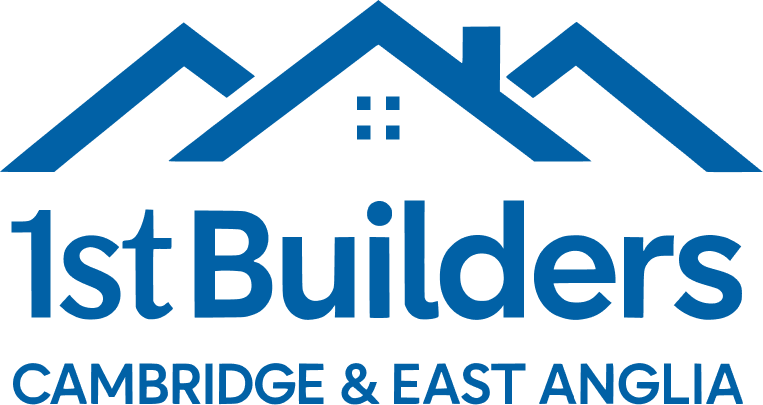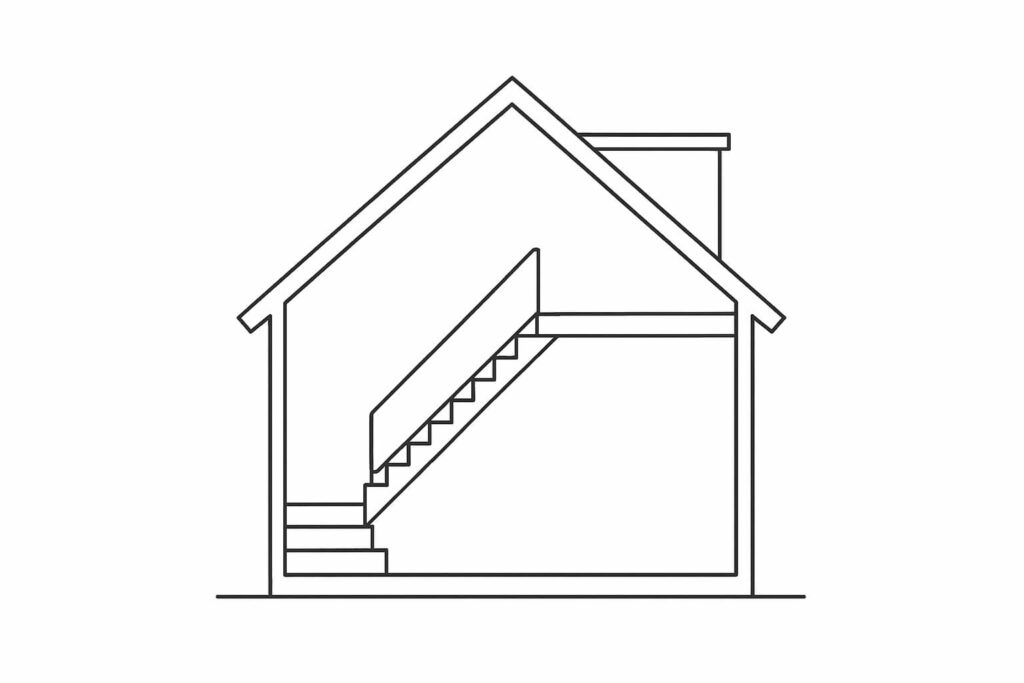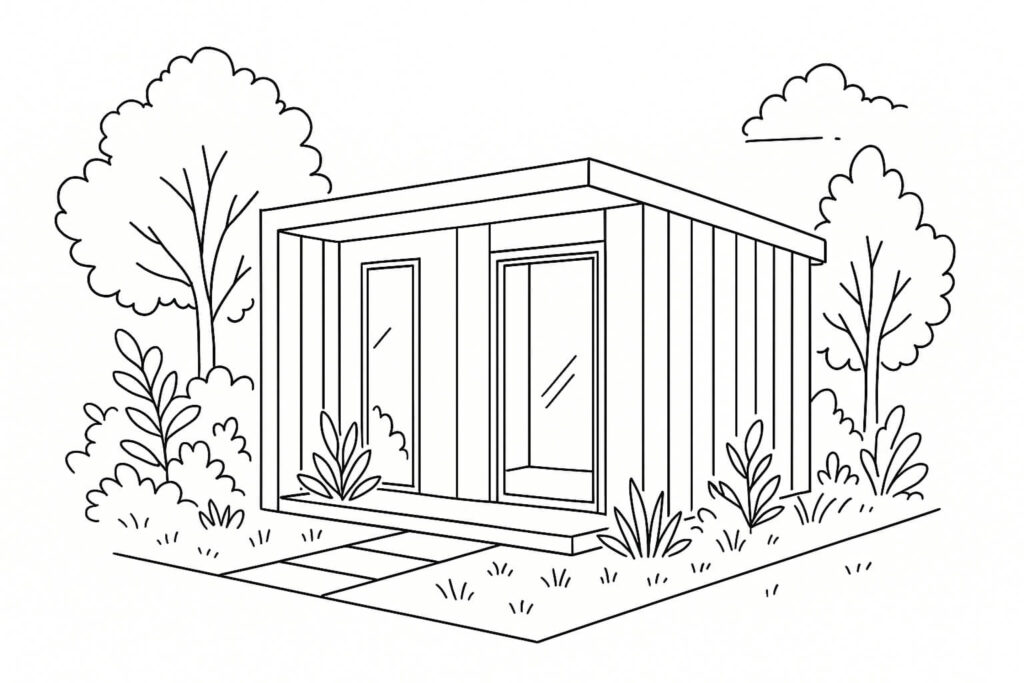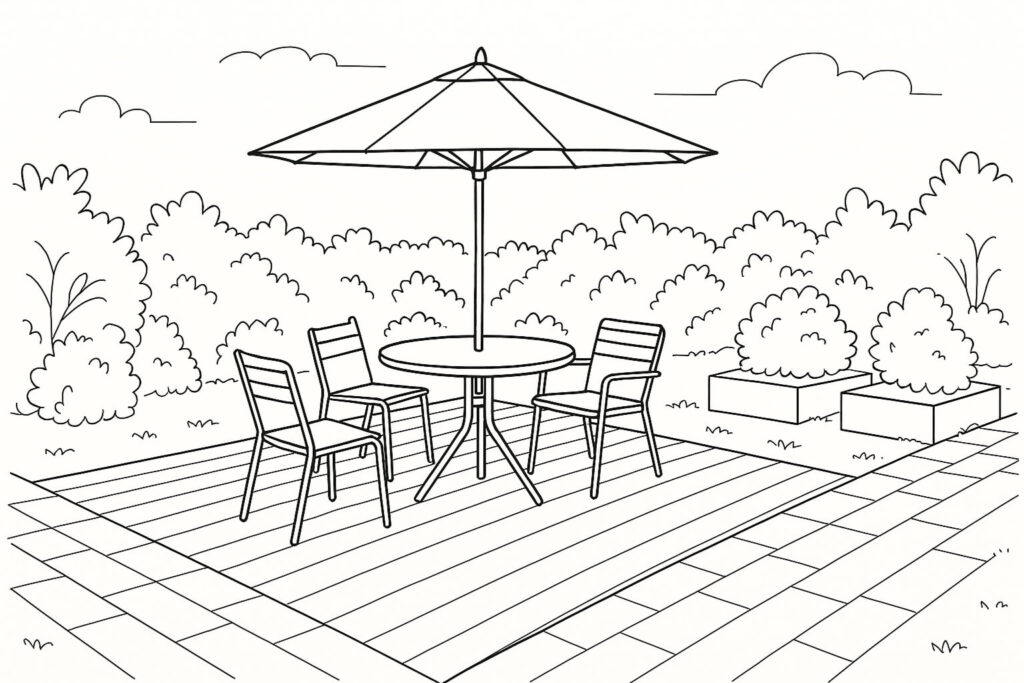Maximising Your Home’s Potential: A Complete Guide to Loft Conversions in Cambridge
Permalink: /loft-conversion-guide-cambridge/
When you’re running out of space in your Cambridge home, you’re faced with a significant decision: do you go through the upheaval and expense of moving house, or do you look for ways to maximise the potential of your current property? For many homeowners across Cambridge and East Anglia, the answer lies directly above their heads in the form of an unused loft space that could be transformed into valuable living accommodation.
Loft conversions have become increasingly popular amongst Cambridge residents, and it’s easy to understand why. With property prices continuing to rise and the stress of relocating becoming ever more daunting, converting your loft space offers an attractive alternative that can add both functionality and significant value to your home. Whether you’re dreaming of a master bedroom suite, a dedicated home office, or a bright playroom for the children, a well-executed loft conversion can provide the perfect solution.
The Financial Benefits of Converting Rather Than Moving
The mathematics of loft conversions versus moving house make compelling reading for Cambridge homeowners. When you consider the costs associated with relocating – estate agent fees, solicitor charges, stamp duty, removal expenses, and the inevitable stress-related costs – the figures can quickly spiral into tens of thousands of pounds. In contrast, a professional loft conversion typically costs a fraction of these moving expenses whilst potentially adding even more value to your property than you’ve invested.
Recent property surveys suggest that a well-designed loft conversion can add between 15% and 20% to your home’s value, making it one of the most cost-effective home improvements you can undertake. For a typical Cambridge property valued at £400,000, this could translate to an increase of £60,000 to £80,000, whilst the conversion itself might cost between £20,000 and £40,000 depending on the complexity and specification.
Beyond the immediate financial benefits, loft conversions offer the advantage of allowing you to remain in a neighbourhood you love, maintain established relationships with neighbours, and keep children in familiar schools. These intangible benefits often prove just as valuable as the monetary gains.
Understanding Cambridge Planning Requirements
Before embarking on any loft conversion project in Cambridge, it’s essential to understand the local planning landscape. Cambridge City Council has specific guidelines that govern what can and cannot be done to residential properties, particularly given the city’s rich architectural heritage and numerous conservation areas.
Many loft conversions fall under permitted development rights, which means you won’t need to apply for full planning permission. However, these rights come with strict limitations regarding the size and design of the conversion. Generally, you can add up to 40 cubic metres of space to a terraced house or 50 cubic metres to a detached or semi-detached property without requiring planning permission, provided the work meets specific criteria.
If your property lies within a conservation area – and Cambridge has many – or if your conversion exceeds permitted development limits, you’ll need to submit a planning application. This is where working with experienced local builders becomes invaluable, as they understand the intricacies of Cambridge’s planning system and can guide you through the process efficiently.
For homeowners considering more extensive projects, understanding planning permission requirements becomes crucial, and this is often where professional guidance proves its worth. Experienced Cambridge builders maintain excellent relationships with local planning officers and can often anticipate potential issues before they become problems.
Types of Loft Conversions: Choosing the Right Approach
The type of loft conversion that’s right for your Cambridge home depends largely on your existing roof structure, the available space, and your specific requirements. Understanding the different options available will help you make an informed decision about which approach best suits your needs and budget.
Roof Light Conversions represent the most straightforward and cost-effective option. These conversions work within your existing roof structure, adding roof lights (skylights) to provide natural light and ventilation. This approach works particularly well for properties with adequate head height and is often the preferred choice for creating home offices or study spaces.
Dormer Conversions involve extending the roof to create additional floor space and head height. These can be designed as flat-roof dormers, which maximise internal space, or pitched-roof dormers, which often blend more sympathetically with traditional Cambridge architecture. Dormer conversions are excellent for creating bedrooms or bathrooms, as they provide the standing room necessary for comfortable daily use.
Hip-to-Gable Conversions are ideal for semi-detached or detached properties where one side of the roof slopes down to the eaves. By extending this sloping side to create a vertical wall (gable), you can significantly increase the usable floor space. This type of conversion works particularly well when combined with a rear dormer extension.
Mansard Conversions involve replacing one or both roof slopes with a near-vertical wall topped by a flat roof or shallow-pitched roof. Whilst this approach maximises the available space, it typically requires planning permission and works best on properties where the additional height won’t dominate the streetscape.
Design Considerations for Different Uses
The intended use of your converted loft space will significantly influence the design approach and specification requirements. Creating a successful conversion requires careful consideration of factors such as natural light, ventilation, storage, and access arrangements.
For bedroom conversions, privacy and comfort are paramount. This means ensuring adequate sound insulation between the new bedroom and the rest of the house, providing sufficient storage solutions, and creating an en-suite bathroom if space and budget allow. Consider the positioning of windows carefully to maximise natural light whilst maintaining privacy from neighbouring properties.
Home office conversions have become increasingly popular, particularly following the shift towards remote working. These spaces require excellent natural light, reliable heating and cooling, and robust electrical installations to support modern technology requirements. Consider the positioning of power outlets, internet connectivity, and storage for office equipment and documents.
Children’s playrooms or bedrooms need to prioritise safety alongside functionality. This includes ensuring safe access via appropriate staircases, adequate ventilation, and child-friendly design elements. Storage becomes particularly important in children’s spaces, so built-in solutions often prove more effective than standalone furniture.
The Importance of Professional Installation
Whilst the concept of loft conversion might seem straightforward, the reality involves complex structural, electrical, and building regulation considerations that require professional expertise. Working with experienced Cambridge building contractors ensures that your conversion meets all safety requirements whilst maximising the potential of your space.
Professional builders will conduct thorough structural assessments to ensure your existing roof structure can support the additional loads imposed by the conversion. This might involve strengthening floor joists, adding steel beams, or modifying the roof structure to accommodate new openings for staircases or windows.
Building regulations compliance is another critical area where professional expertise proves invaluable. Your conversion must meet strict requirements for structural integrity, fire safety, thermal performance, and sound insulation. Professional builders understand these requirements and can ensure your conversion passes building control inspections without delays or costly modifications.
The installation of proper insulation deserves particular attention, as loft spaces can be challenging to heat and cool effectively. Modern insulation materials and techniques can create comfortable, energy-efficient spaces that remain pleasant to use throughout the year.
Integration with Future Home Improvements
When planning your loft conversion, it’s worth considering how this improvement might integrate with future home enhancement projects. Many Cambridge homeowners find that successful loft conversions inspire them to undertake additional improvements, such as house extensions or comprehensive renovations.
If you’re considering a garden room for additional workspace or leisure activities, the combination of loft conversion and garden building can provide complementary spaces that serve different functions throughout the day and seasons. Similarly, if bathroom renovations are on your future agenda, coordinating these projects can result in more cohesive design and potentially reduced overall costs.
Conclusion
Loft conversions represent one of the most effective ways to add valuable living space to your Cambridge home without the disruption and expense of moving house. With careful planning, professional execution, and thoughtful design, your unused loft space can become a beautiful and functional part of your home that serves your family’s needs for years to come.
The key to a successful loft conversion lies in working with experienced local builders who understand Cambridge’s unique planning environment and can guide you through every stage of the process. From initial design concepts through to final completion, professional expertise ensures that your investment delivers maximum value and enjoyment.
Whether you’re dreaming of a peaceful master bedroom retreat, a productive home office, or an exciting playroom for the children, your loft conversion project can transform not just your living space, but your entire lifestyle. The potential is there, waiting to be unlocked – it’s simply a matter of taking that first step towards maximising your home’s true potential.






